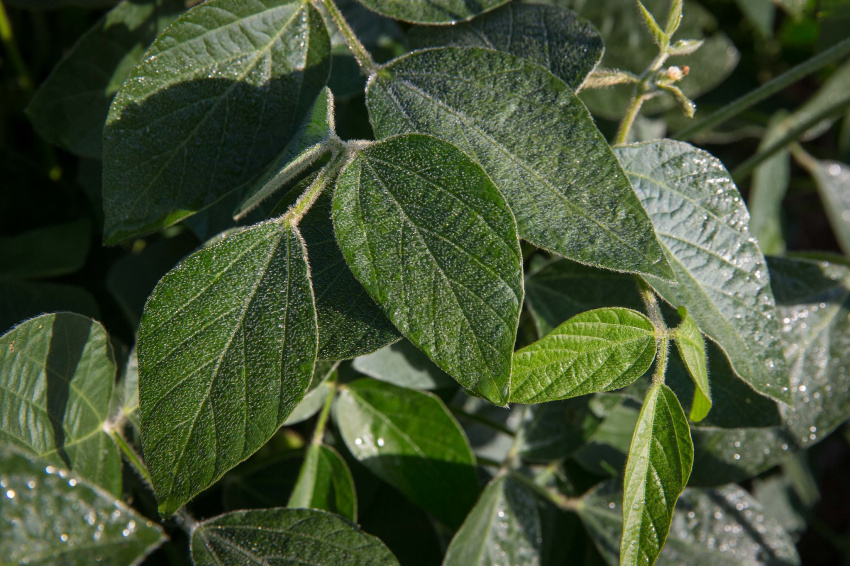More Revenue and Less Hullabaloo with High Oleic

Seed selection is a decision many farmers take seriously — especially when they’re considering a new crop like high oleic soybeans. Farmers may have questions about equipment, cost, management and more. The bottom line: Is it worth it? The answer for high oleic soybeans: yes.
We talked to a few high oleic soybean growers to find out more. Farmer to farmer, what’s it really like to plant, grow and harvest high oleic soybeans?
What are some benefits you’ve seen since growing high oleic soybeans?
Bill Beam, Pennsylvania: “We plant them the same. We fertilize them the same. We spray them the same. The only difference is I get a premium when I deliver them. Having that extra bonus from the premium I get for my high oleic soybeans has been extremely valuable.”
Kevin Wilson, Indiana: “Really, being a high oleic grower helps you and helps all of us. Every year we plant more acres of these soybeans, we see the demand grow. We’re shoring up our own stable domestic market, and I’m proud to be a part of it.”
Jennie Schmidt, Maryland: “One of our largest local grain buyers, Perdue, offers a price incentive to farmers who plant them. It’s beneficial to take advantage of premium soybeans such as high oleic, especially in downturns in ag markets.”
John Motter, Ohio: “High oleic soybeans are hearty and emerge better each year in our fields.”
Belinda Burrier, Maryland: “This is a great opportunity for farmers to add extra value to their land and crop. High oleic soybeans innovate and grow current markets while giving the consumer a product that they want and the farmer the premium that they need.”
What are some extra steps you have to take when growing and harvesting high oleic soybeans?
Kevin Wilson, Indiana: “We made the decision to plant high oleic beans after everything else was planted. All we had to do was sweep out the planter before we put them in. It was a quick, one-time cleanup.”
Jennie Schmidt, Maryland: “We ensure excellent recordkeeping and thorough housekeeping to make sure our equipment is properly cleaned out — but it’s worth it.”
Bill Beam, Pennsylvania: “You really don’t do anything differently, other than keeping it separate from your commodity soybeans.”
What advice do you have for farmers considering growing high oleic soybeans?
John Motter, Ohio: “I encourage farmers to give it a try. You really don’t do anything differently, other than, obviously, you have to keep high oleic separate from your conventional soybeans. So, I don’t see any reason not to grow it.”
Bill Beam, Pennsylvania: “Do like I did — try them on a portion of your acres to test the waters. I wanted to make sure they performed, and they did. Every aspect lived up to expectations.”
Jennie Schmidt, Maryland: “I would advise farmers to look into their options for high oleic production. It’s a means to increase their bottom line, increase their yield and really not have any capital expenditures related to trying something new.”
Belinda Burrier, Maryland: “For us, these soybeans have the same weed management program, fungicide program and come from the same dealer. It’s not any harder, but we get paid more for them. What more can you ask for?”
For these farmers, high oleic soybeans improved their operations. Now we just have one more question: Are you interested in getting more revenue with less hullabaloo? Click here to see if high oleic soybeans are available in your area.



